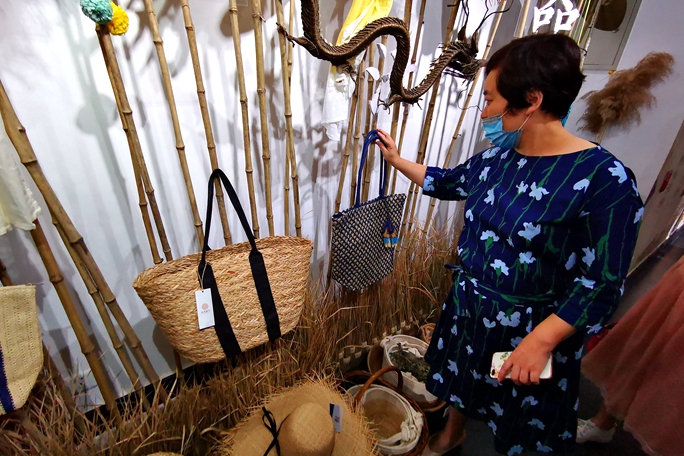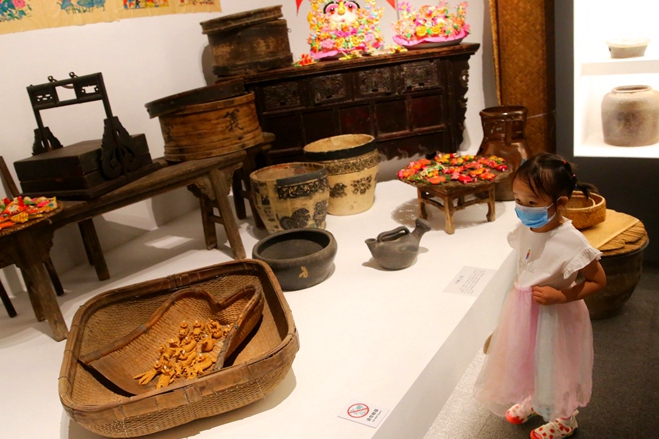Bian Que
Bian Que (407-310 BC) was widely regarded as a pioneer among medical physicians in ancient China. His original name was Qin Yueren, but his medical skills were so widely praised that people referred to him as Bian Que, the same name as a legendary doctor of the period of Huang-di (Yellow Emperor).
Bian Que was a native of the State of Qi (now Changqing district, Ji’nan, Shandong province) during the Warring States Period (475-221 BC).
Deemed as father of traditional Chinese medical, Bian made great contributions to the development of Chinese medicine. He was an excellent diagnostician and acupuncture therapist. It is said that Nan Jing, a classic traditional Chinese medicine book on medical problems, was written by Bian Que.
He practiced medicine in many states and was an expert in a number of aspects, such as gynecology, ophthalmology and otorhinolaryngology, and pediatrics.To develop his traditional medical skills, Bian learned from the experiences of other doctors and also invented his own methods.
He founded the "Four-step Diagnostic Method," which consisted of observing, such as looking at patients’ tongues and their outside appearances; listening to their voice and breathing patterns; inquiring, such as asking about their physical conditions and symptoms; and taking their pulse. Even today, the method remains a foundation for diagnoses in traditional Chinese medicine.
According to History of the Han Dynasty, Bian Que had written two classic works, Nei Jing and Wai Jing, but neither of them was preserved.

 Shandong Culture and Tourism Consumption Season
Shandong Culture and Tourism Consumption Season Culture, tourism sectors pick up in Shandong as epidemic wanes
Culture, tourism sectors pick up in Shandong as epidemic wanes

